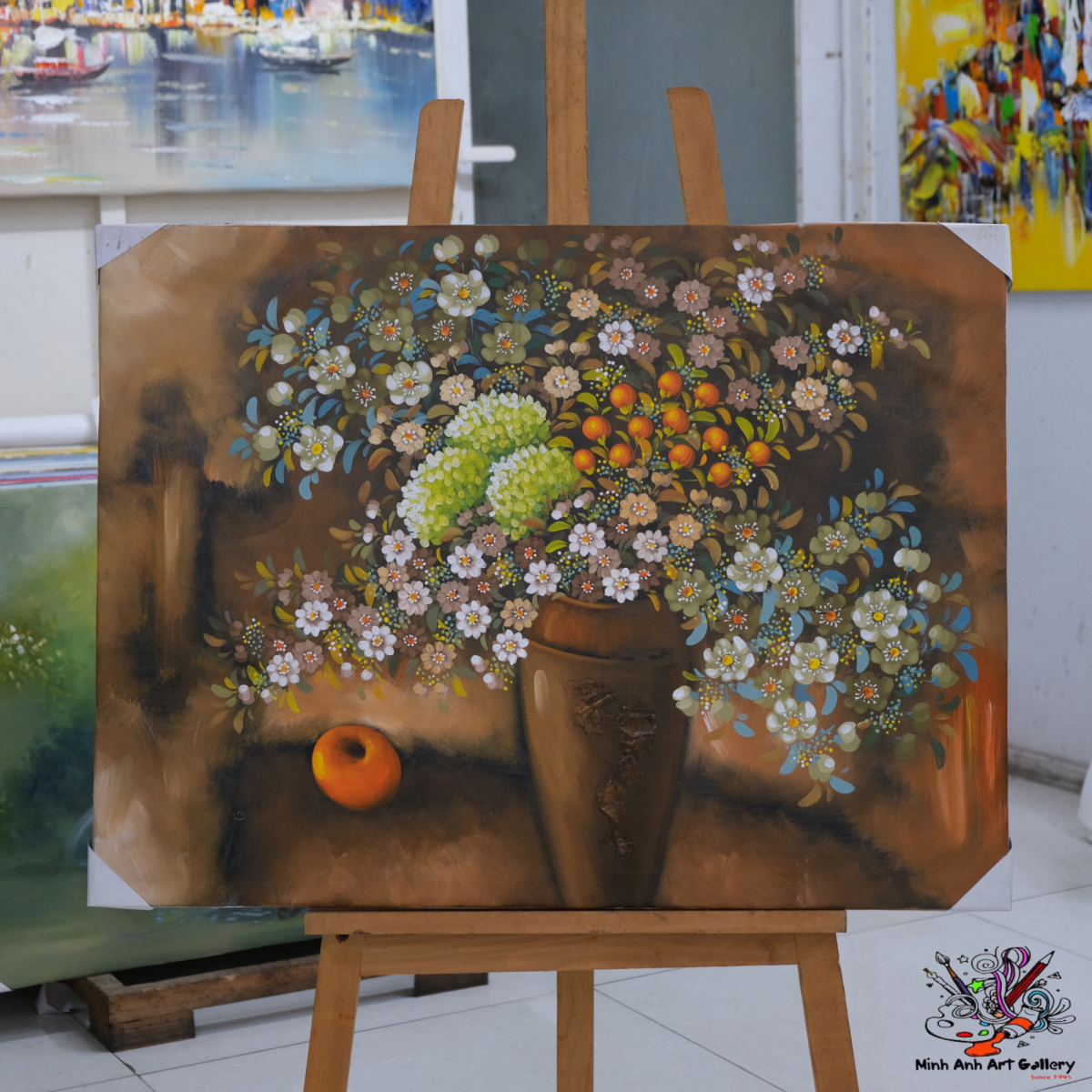Color in fine art isn't just decoration—it's a full-blown language. It whispers emotions, shouts statements, and invites you into worlds you’ve never imagined. Whether you’re strolling through a collection or visiting a grand museum, colors speak louder than brushstrokes.

Red screams passion. Blue soothes the soul. Yellow bursts with optimism. Each hue holds centuries of symbolism and deeply-rooted psychological effects. That’s why understanding the language of color can elevate your appreciation for any painting.
Let’s break it down. Red, yellow, and blue form the foundation—these are your primary colors. Blend them and you get secondary colors like green, orange, and purple. Mix even further, and welcome the tertiaries—subtle blends artists love to explore.
Think fire, sunsets, summer days. Warm colors (reds, oranges, yellows) energize a piece. In a fine art collection, these hues often appear in dramatic, bold works.
Blues, greens, and purples bring calm and introspection. They dominate serene landscapes or minimalist contemporary works. You’ll find these tones in almost every modern art collection.
Thousands of years ago, Egyptians used lapis lazuli to create stunning blues, reserved for gods and royalty. Greeks favored black and red pottery. Color wasn’t just style—it was status, faith, and culture.
During the Renaissance, artists gained access to new pigments and played with contrast, light, and realism. Color took on narrative roles—guiding viewers through stories and guiding emotions.
Fast forward to the 20th century, and artists like Rothko and Warhol used color as the main event. Entire canvases drenched in one tone? That’s not laziness—it’s intentional communication.

In the West, white symbolizes purity. In the East, it’s often associated with mourning. Understanding these cultural nuances helps art lovers decode international works.
Color is sacred. Golds in Buddhist thangkas. Blues in Christian halos. Reds in Hindu depictions of power. Spiritual context adds layers to any curated art collection.
Today, curators and collectors are increasingly organizing art not by artist or era—but by color. This trend isn’t just aesthetic; it creates immersive emotional journeys.
Private art galleries embracing this trend report higher visitor engagement and better flow between pieces. It’s about creating mood and movement within a space.
Ever noticed how exhibitions are lit and painted in sync with the artwork? That’s intentional. Color helps set the emotional tone and tells a cohesive story.
Exhibits are more than just hanging art—they’re experiences. Matching wall colors, lighting tones, and even pathways to a painting’s palette draws the audience deeper.
The Museum of Modern Art (MoMA) showcases works that push color boundaries—from bold Pop Art pieces to subtle Impressionist blends. Their mastery of color curation is a global model.
In contrast, the Louvre leans toward rich, earthy tones. Ancient sculptures and classical paintings follow traditional, symbolic color schemes—offering timeless harmony.
In a contemporary art gallery, color isn’t just used—it's challenged. Artists disrupt rules, clash hues, and flip expectations. Look deeper: why that neon green? Why so much gray? There’s always a reason.
Thanks to platforms like art collection online, you can filter artworks by hue. Want all blue-themed works? A few clicks, and you’ve got your dream lineup.
Start small. Choose a dominant color. Then explore styles—abstracts, portraits, landscapes—all within that palette. Soon you’ll have a mini virtual gallery full of emotion and unity.
Abstract pieces can be intimidating—but look at color first. What feelings does it stir? What mood does it set? The color usually gives away the intention before the form does.
Color transforms how we connect with art. It’s not just about what you see—but what you feel. From ancient symbolism to digital curation, color remains the universal voice in visual art.

Understanding color in fine art isn’t reserved for critics or scholars—it’s for anyone who wants to feel more deeply connected to their favorite pieces. Whether you're browsing a art collection gallery in person or scrolling online, color is your guide to emotion, meaning, and memory. As the art world grows more diverse and accessible, tuning into color gives you a secret key to unlock the soul of each masterpiece.
1. What does red typically symbolize in art?
Red often represents passion, danger, power, or love, depending on the cultural and emotional context of the artwork.
2. How do I start curating art by color?
Choose one dominant color, then build a collection around it by selecting pieces that share or contrast with that hue.
3. Why do modern artists use bold or unusual colors?
Modern artists use color to disrupt norms, challenge viewers, or express raw emotion—often breaking traditional “rules” on purpose.
4. Are color-coded exhibitions common in galleries?
Yes! Many art gallery exhibitions now use color to guide visitors through emotionally engaging narratives or visual stories.
5. Can I collect art online by color?
Absolutely. Many platforms offer color filters, making it easy to build a unique, personal, and meaningful online collection based on color.
Message
Thương Hiệu: Minh Anh Art Gallery
Gallery: 101 Bui Vien St, District 1, Ho Chi Minh City, Viet Nam
Phone: (+84) 962 720 484
Email: minhanhart.vn@gmail.com
Website: https://minhanhart.vn/